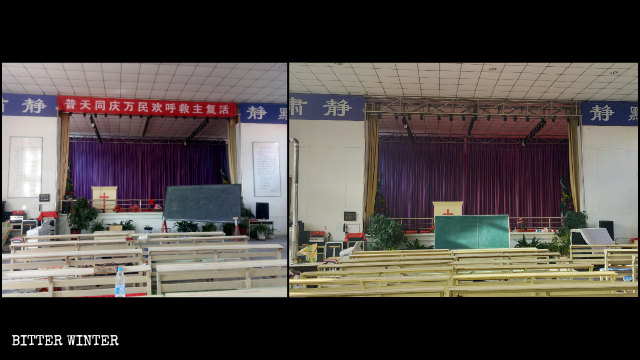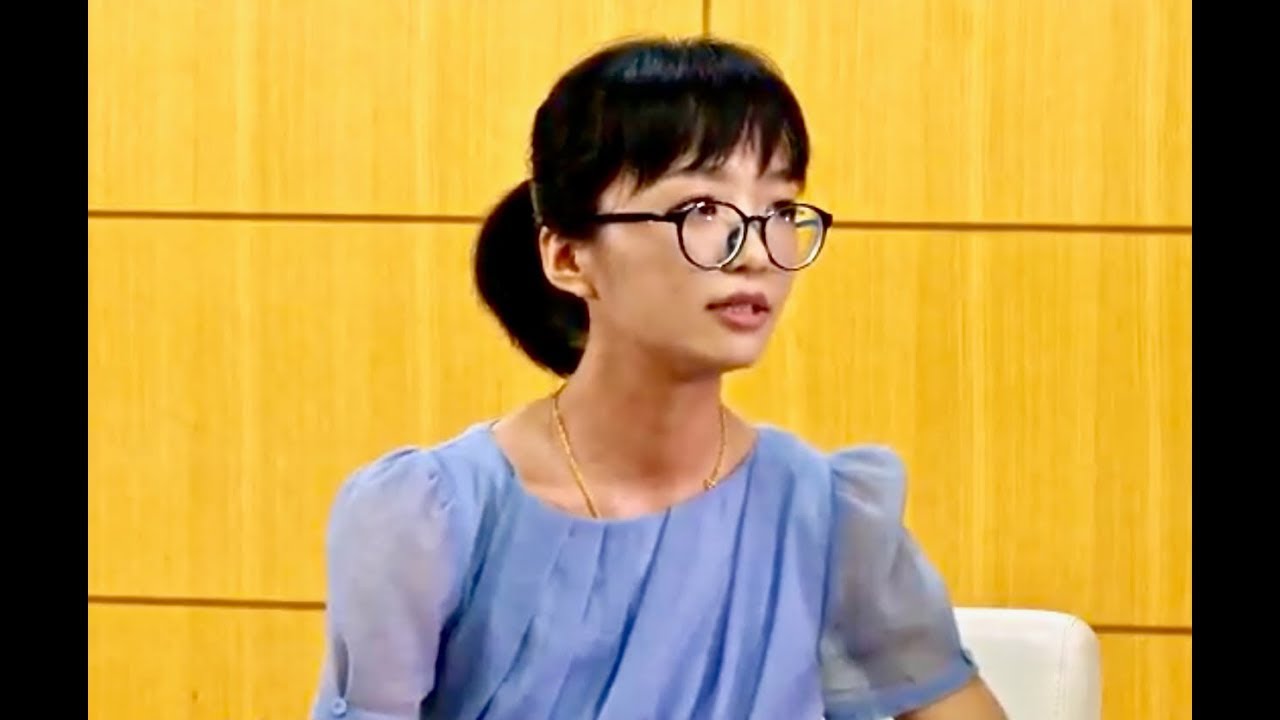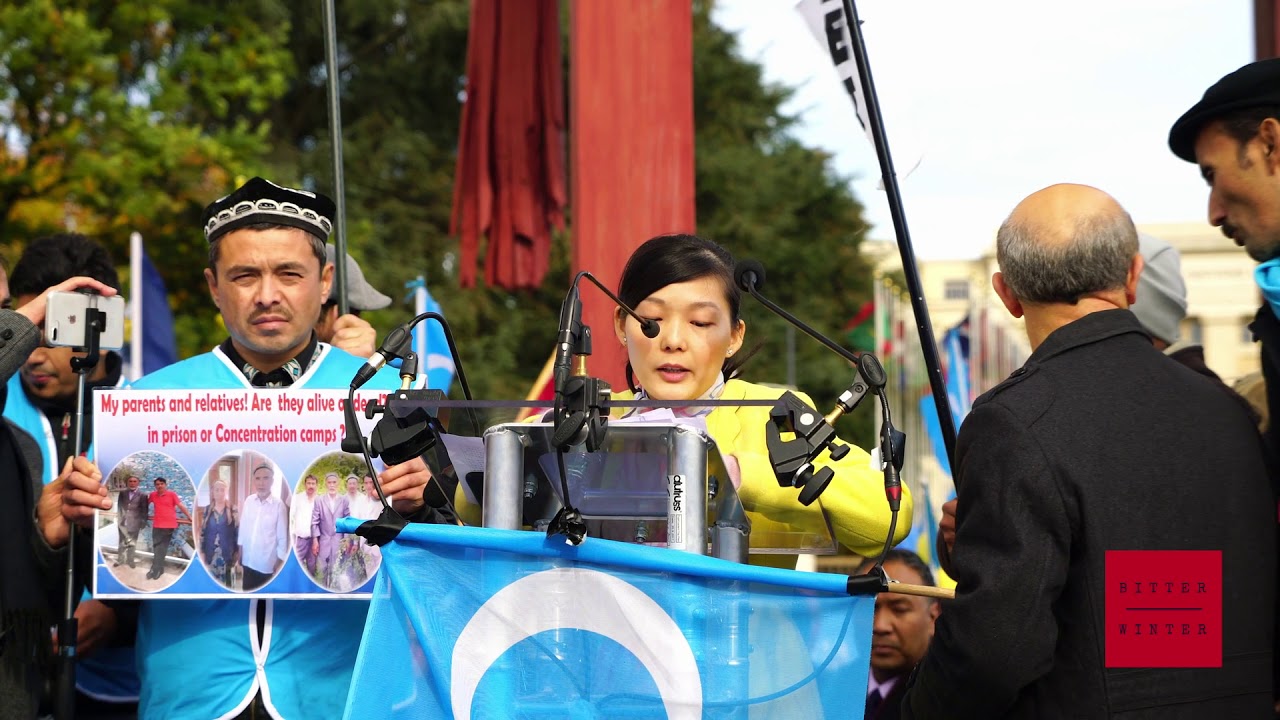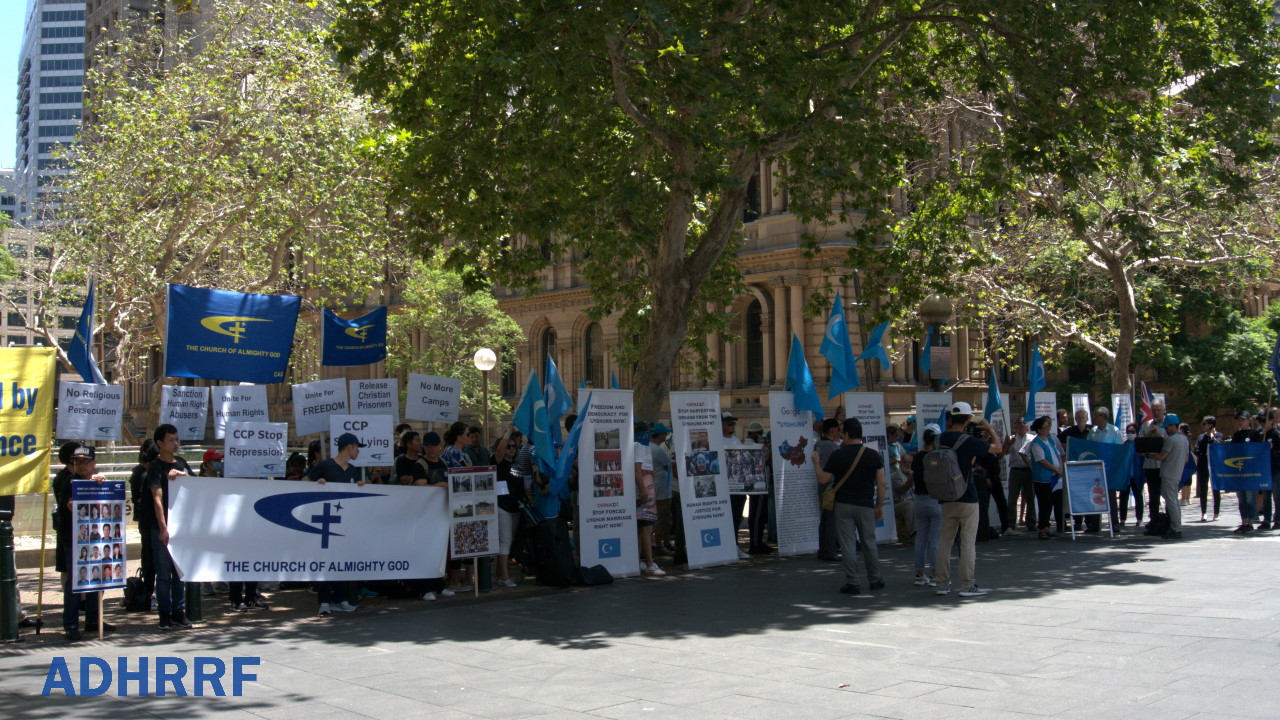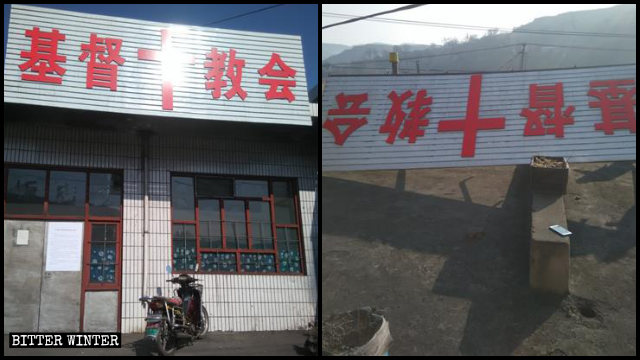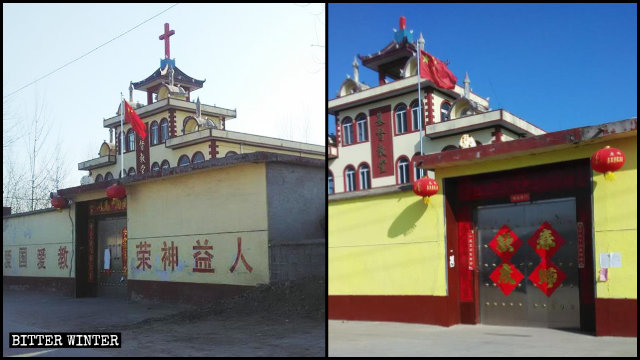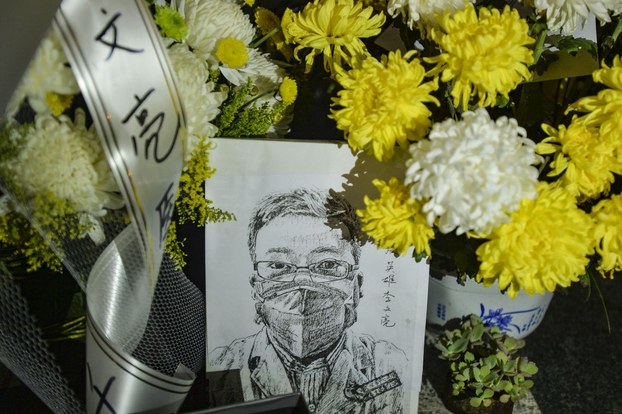While China tries to defend the indefensible claiming that the transformation through education camps are benign “schools,” one of our reporters secretly visited the new large camp in Yining, Xinjiang, and proved it is undoubtedly a jail.

On November 6, the United Nations Human Rights Council conducted its Universal Periodic Review of China. Several countries denounced the transformation through education camps, particularly those for Uyghurs in Xinjiang, as places where the inmates are subjected to psychological pressure, inhumane treatments, and torture. China answered that they are simply “educational” facilities. Bitter Winter has repeatedly documented that this is not the case, and is now in a position to offer unpublished news, images, and footages.

 The detainees’ family members who are attending the public trial meeting line up outside the transformation through education camp, waiting to be summoned.
The detainees’ family members who are attending the public trial meeting line up outside the transformation through education camp, waiting to be summoned.In May of this year, authorities in Xinjiang began to build a large-scale “transformation through education” camp in place of a lumber mill and a free market for buying and selling cattle and sheep, in the city of Yining, Huocheng county. In three months, the construction of this camp was basically completed, covering an area of about 100,000 square meters.
 A family member undergoes a security check.
A family member undergoes a security check.In August, the construction of this camp was in its final stages. When conducting a secret visit inside the camp, one of our reporters discovered that there are altogether nine buildings, where “students,” are detained, surrounded by barbed-wire fences. Each building is four floors high, and each floor has 27 rooms (dormitories) and three “classrooms.” All the dormitories and “classrooms” are fitted with double iron doors, and iron bars have been installed on all the windows. The facility’s structure is obviously very much similar to that of a prison.
 Police patrol and stand guard outside the transformation through education camp.
Police patrol and stand guard outside the transformation through education camp.A construction worker revealed that most people who would be locked up there, in fact, received prison sentences; some of them were sentenced to five or six years. He also emphasized that the camp was really tantamount to a prison, with little hope for the inmates to be let out or escape.
 A large-scale production base has been built adjacent to the transformation through education camp.
A large-scale production base has been built adjacent to the transformation through education camp.In September, Uyghurs were already being locked up one after the other in the camp. On September 7, the authorities held a public trial of the detainees there. The camp is now heavily-guarded, with 15 high-definition cameras near the entrance alone. There are also armed police officers guarding the entrance. Vehicles entering the camp must pass through two gateways, and can only enter after passing a security check.
 Inside the base, there is a building named “Practical Training Base Service Center.”
Inside the base, there is a building named “Practical Training Base Service Center.”Besides, adjacent to the camp, there is also a large production base that contains nine factories, including a clothing factory, an electronics factory, and a food processing plant. One of the factory managers confirmed that the “students” detained in the camp are sent there for forced work, something Bitter Winter has repeatedly documented in similar cases. Not only are the transformation through education camps jails, but inmates are also subject to forced labor.
 “Chuangfa Innovative Electronics” is written on the wall of one of the factories.
“Chuangfa Innovative Electronics” is written on the wall of one of the factories.
 Machines and equipment have already been installed in the factory.
Machines and equipment have already been installed in the factory.
 Workers adjust and test machines in a large factory.
Workers adjust and test machines in a large factory.Source: BITTER WINTER/ Li Zaili

